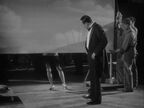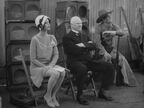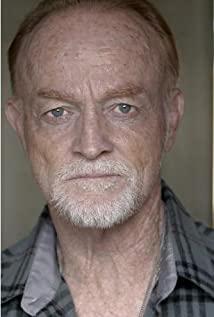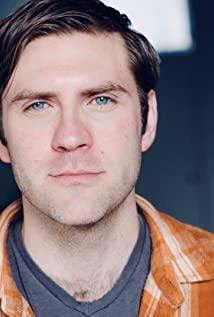In "Hugo", Martin Scorsese more or less justified the name of Méliès. Méliès's movie world is a real dream machine. And the movie, the dream factory, continues its dream-making mission a century later.
In 1927, the film found its voice, and after this painful transformation, color and three-dimensionality took hold. "The Artist" boldly combines black and white silent films with 3D, and the "ancient" it restores is only more than 80 years old. But it is this short 80 years, which also accounts for 60-70% of the film's 100-year life.
In the eyes of most audiences, movies emerge as a fast-moving consumer product. To call it art, it is also a kind of swift and greedy art. It is like a sponge, constantly absorbing all the flashy cultures around it, and constantly absorbing the latest technologies and changes.
In the eyes of filmmakers and film lovers, little has changed in its substance since it went from great dumb to audiovisual language 80 years ago. Visual effects and sound effects can be changed, but the narrative is still narrative, and the language of the camera lens is the same as that of a hundred years ago.
The story of "The Artist" is ordinary, and the idea is not new. However, the director succeeded in making the two elements of black and white and silent film part of the film's content, so that they no longer serve as a means to separate from the meaning of the film. Therefore, such a retro adventure in form can be praised only after it has been integrated into the connotation.
The "retro" of the film is of course impossible to return to the silent film era, but it is still hard work. The scenes, soundtracks, and exaggerated performances of the silent film are restored, with attention paid to the black-and-white film's setting, lighting, and the most important scene scheduling. Specific shots such as George's "lonely star" in the background of the road coming out of the auction; the stairs when George met Penny after he became famous, making George look up at Penny's design, are all noteworthy.
The director has completely returned to the use of the language of the camera lens, so at a glance, it is amazing to wash away the brilliance. And in the way of returning to nature, we can indeed see the sincerity of the film.
On the soundtrack, the changes in mood and rhythm are very clear. Among them, the design of the voice in George's dream is really remarkable-suddenly, everything has a voice, only himself can't make a sound, with a loud sound of feathers falling, George's dream woke up, and the atmosphere of the film has changed from Cheerful bright turns to gloom and even horror.
At this time, we can even understand why the sound film has experienced such a difficult process: when we see this dream, it will feel very natural, of course, the cup will make a sound; but in George's dream, the sound is how Terrible thing!
George is a silent film actor who is unwilling to change and cannot survive in the sound film era. He believes in his art, but always "refuse to talk". He has also been entangled with himself, which is mainly reflected in the film through mirrors. The first time the mirror appeared was when he and Penny fell in love at first sight. The two were about to kiss in the mirror, but were interrupted by the driver who pushed the door outside the mirror and entered. When George fell down, he saw himself in the mirror table and spilled a glass of wine, which was quite a beautiful shot. Moreover, after he got drunk in the bar, he saw the villain who looked like him led the jungle soldiers to fight against him, which was also self-entangled. Finally, he started a fire at his own shadow on the projection screen, shouting: get back, you loser! After that, he finally broke out and set fire to the film.
When Penny pulled the film in the hospital and watched the frames of the two of them filming and dancing, that was the first time the film shocked me. This old-fashioned artist who loves movies deeply has also stored love in the film.
After saving his life from the fire, he came out of Penny's house in a fit of anger, and while admiring himself in the shop window, he finally had enough of the excitement and went home to commit suicide. On the other hand, Penny drives after finding out that something is wrong. In this parallel clip, I personally think that the biggest highlight is that the dog frantically stops the owner, and the subtitle of "bang!" at the end.
Later, when the dialogue between the two had no soundtrack, I began to look forward to when the voice would be heard. Of course, until the end.
After a comedy ending, we heard gasps, gasps, gasps, and finally, the much-anticipated "cut!" The camera zooms out, and we watch the busy crew in serenity, and in the last "action!", the play ends. This is my second shock.
This is not just a story of how a silent film actor has fallen. Through the difficult birth of sound film, it may be a hint of contemporary filmmakers' self-thinking in technological innovation.
Méliès was too obsessed with his stage, and eventually lost to the Lumiere brothers. At that time, the movie was only a few stages and a few simple real scenes. Nowadays, people set up a film and television city to make movies, using various props and special effects. A seemingly simple cartoon even requires a team of hundreds or thousands of people. Movies have never been easy, and yet they continue to develop so wildly.
To all the artists dedicated to film, let me salute you.
And when the film encounters changes, in addition to thinking, there may be downfall and embarrassment.
View more about The Artist reviews











